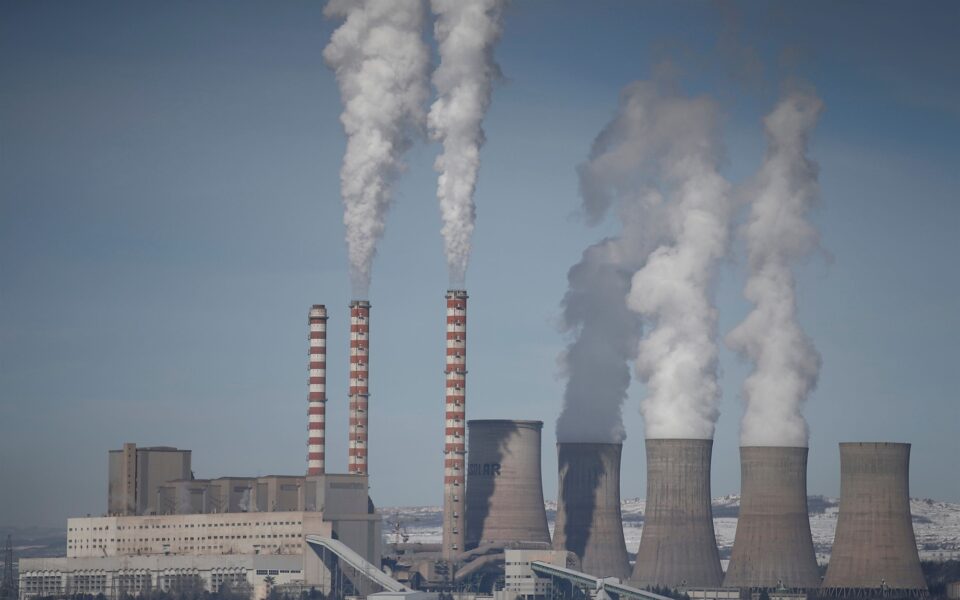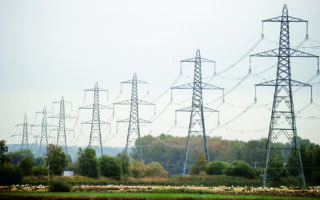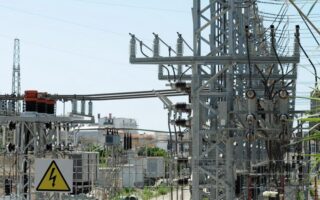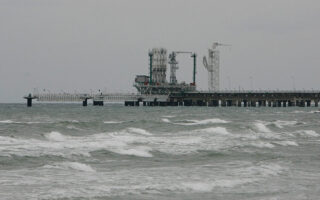Coal-fired power misses target

The doubling of coal-fired power generation by 2022 proved an elusive target and its contribution to electricity price containment correspondingly negligible. Things are expected to improve this year, as the commercial operation of the new Ptolemaida V lignite unit is expected to add 660 megawatts of power to PPC’s brown coal potential.
The trial operation of the unit, which started in early December, after a week-long break due to the holidays, is expected to resume in the next few days and be completed so that it can be handed over to PPC for commercial operation at the end of January and beginning of February.
The inauguration of the unit – which was planned in 2007, with construction beginning in 2015 – will be carried out, according to information, by Prime Minister Kyriakos Mitsotakis, who is also expected to announce the extension of its operation until 2028, instead of 2025 as foreseen in the PPC de-lignitization timetable.
The Independent Power Transmission Operator (ADMIE), in its 2025-2035 system adequacy study, also deems its operation necessary until 2028 with lignite and from 2031 with natural gas.
Official figures from ADMIE for the first 11 months of 2022 show that lignite production increased, though only by 2.2% compared to the same period of 2021. In January-November 2022 PPC units produced a total of 4,979.04 gigawatt-hours against 4,869 GWh in the corresponding period in 2021. The government goal that was announced for the first time in April by Mitsotakis and to which PPC was subsequently committed, was to double it on a yearly basis, specifically to 10 GWh from 5 GWh in 2021.
The viability of Ptolemaida V was strongly questioned in the pre-crisis period and PPC had planned its operation from 2025 with natural gas. But the energy crisis changed everything regarding the costs of natural gas and lignite, and transformed this ugly duckling into a swan.
During the trial operation, however, the first symptoms of insufficient production in the mining sector became visible. The unit malfunctioned, shut down and had to be restarted with diesel fuel because of the poor quality of the lignite.





